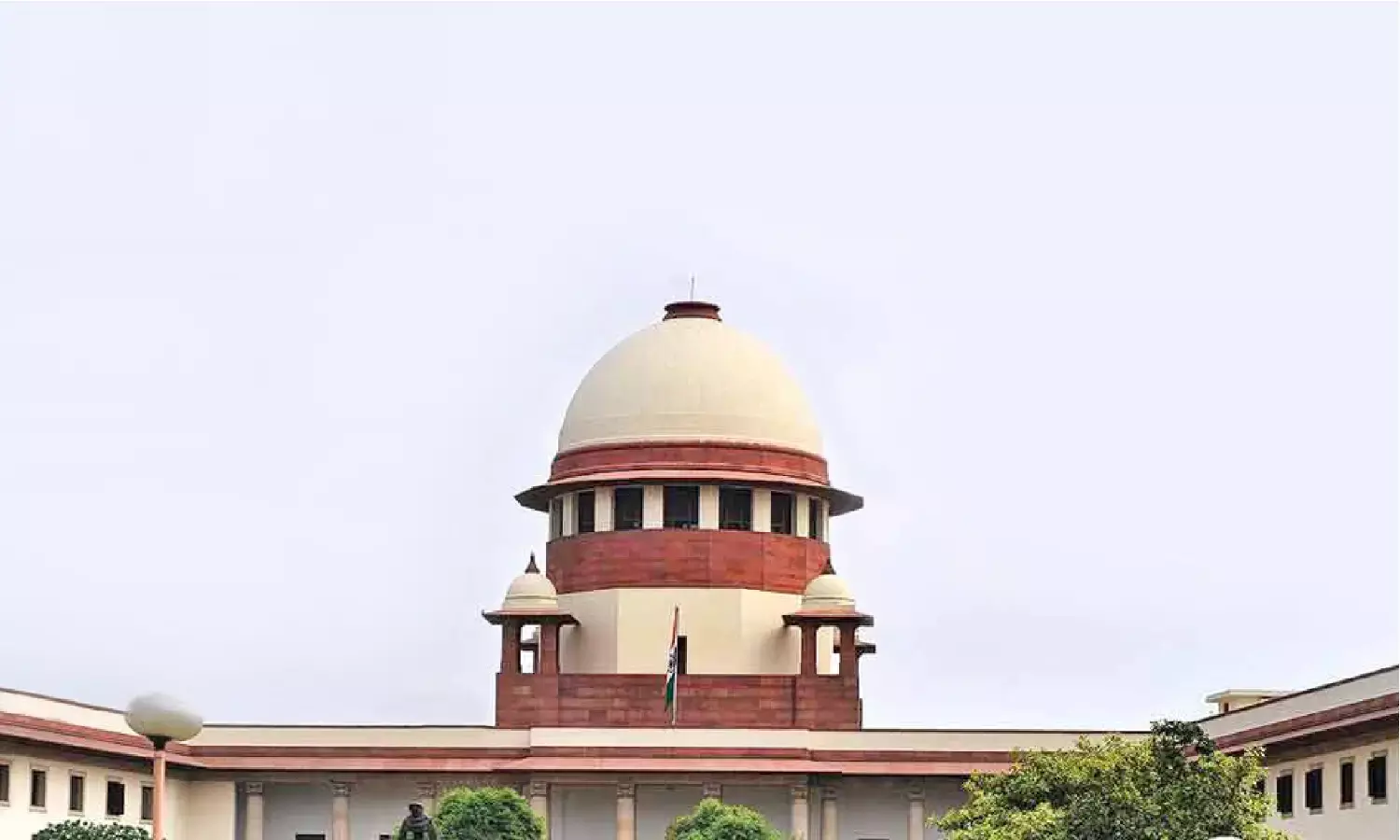NCLT Has No Jurisdiction To Review Merits Of A Business Decision Taken By Committee Of Creditors: Supreme Court
Supreme Court has also held that the NCLT and NCLAT have no uncharted jurisdiction in equity and that their jurisdiction arises within and as a product of statutory framework.
On 10th August, a Division Bench of the Supreme Court, comprising of Justices DY Chandrachud and MR Shah held that neither the the National Company Law Appellate Tribunal (NCLAT) or the National Company Law Tribunal (NCLT) have a jurisdiction in equity and that they must abide by the duties conferred upon them by the Insolvency and the Bankruptcy Code, 2016.
The appeal was against the Judgment of the NCLAT, which had upheld the decision of the NCLT. The appeal was filed after the NCLAT approved the resolution plan, which had been formulated during the insolvency resolution process of Reliance Infratel Ltd., the Corporate Debtor.
Facts
On 15th May 2018, a Corporate Insolvency Resolution Process (CIRP) was commenced, under the Insolvency and Bankruptcy Code, against the Respondents, Reliance Infratel Ltd., by the NCLT. Following the commencement of these proceedings, an Interim Resolution Professional was appointed, who was later replaced by Mr. Anish Niranjan, the Resolution Professional. Then, on 24th May 2019, a Committee of Creditors (CoC) was formed, following which, the Resolution Professional invited the 'Expressions of Interest'. Fifteen Expressions of Interest were received by the Resolution Professional.
Then, on 10th August 2019, a request for a resolution plan was issued by the Resolution Professional, following which, four resolution applicants submitted their plans. The Respondent, Reliance Digital Platform & Project Services Limited, was one of the applicants.
On 2nd March 2020, after detailed discussions, the plan submitted by the Respondents was accepted by the CoC. This acceptance was done on the basis of its "feasibility, viability and implementability" . The Resolution Professional then submitted an application to the NCLT, under Section 30(6) of the Insolvency and Bankruptcy Code, 2016. The NCLT accepted this application, vide order dated 3rd December 2020, which was impugned before the NCLAT.
The appeal was however rejected by the NCLAT on 4th January, 2021 on the grounds that the Appellants were not treated inequitably and that there existed no substance in the contentions put forth by the Appellants.
Following the decision of the NCLAT, the Appellants approached the Apex Court and filed an appeal under Section 62 of the Insolvency and Bankruptcy Code, 2016.
Arguments Advanced by the Appellants
In the appeal filed before the Supreme Court, the Appellants alleged that the financial creditors had been given more importance over them and due to this, their interests were not given due consideration by the NCLT and the NCLAT. Furthermore, it was contended that the Appellants were not made aware of the CIRP as it was conducted in a secluded manner. The Appellants also claimed that 90% of the operational creditors were small and medium sized companies, who were not given due consideration. The appellants alleged that the resolution plan, which had been approved by the NCLT, also differentiated massively between the financial creditors and the operational creditors, an amount of Rs. 800 crores was reserved exclusively for the former, while the latter did not get much relief.
Analysis of the Apex Court
Firstly, the Court addressed the contention that the realisable value of preference shares held by Reliance Bhutan Limited and Reliance Reality Limited was excluded from the liquidation value. These preference shares, as per the Appellant's submissions, were reserved for providing the Rs. 800 crore to the financial creditors. However, the Court pointed out that this was factually incorrect.
Moreover, during the stage of proceeding before the NCLAT, it was contented that the operational creditors should not be paid less than the liquidation value, as per Section 53 of the Insolvency and Bankruptcy Code, which talks about the 'waterfall effect'. To this effect, the Court stated, "It has been clarified that even if the liquidation value of the realisable value of the preference shares were to be considered in isolation for distribution amongst all the operational creditors, in terms of the priority contained in Section 53(1) of the Code, the liquidation value due to the appellants would still remain at nil."
Coming to the issue of jurisdiction of approval of the resolution plan, the Court stated that the Adjudicating Authority does not have jurisdiction upon those cases where a resolution plan has been approved by the CoC, in accordance with the Insolvency and Bankruptcy Code. Furthermore, the Court held, "The Adjudicating Authority as a body owing its existence to the statute, must abide by the nature and extent of its jurisdiction as defined in the statute itself." The Court also stated that the Adjudicating Authority had no equity jurisdiction and reiterated, "Hence, once the requirements of the IBC have been fulfilled, the Adjudicating Authority and the Appellate Authority are duty bound to abide by the discipline of the statutory provisions. It needs no emphasis that neither the Adjudicating Authority nor the Appellate Authority have an unchartered jurisdiction in equity. The jurisdiction arises within and as a product of a statutory framework."
The Court finally dismissed the appeal concurred with the decision made by the CoC.




